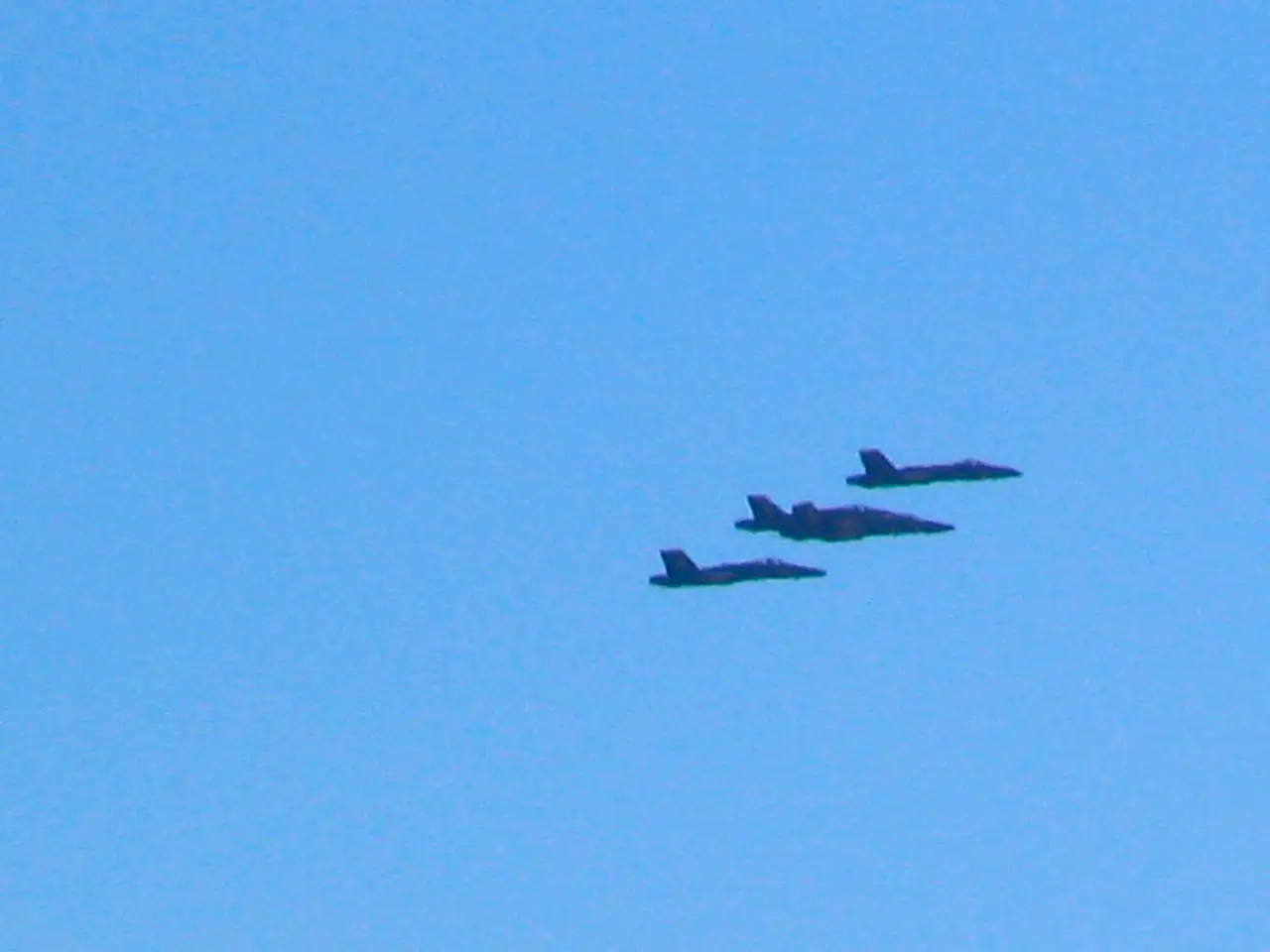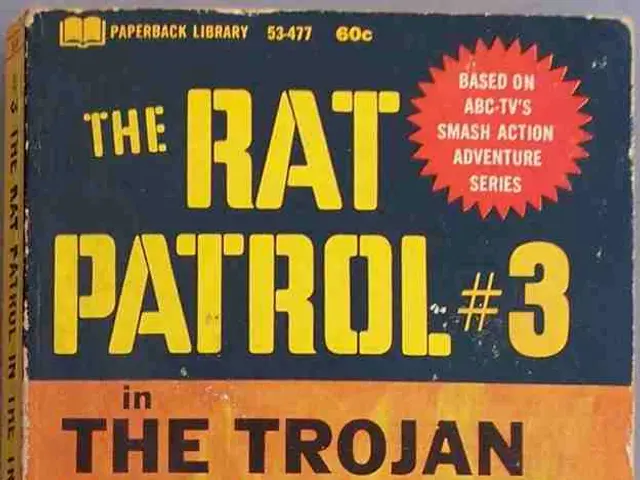US Spy Drone Shot Down by Russia: Key Insights from the Capture of a American Unmanned Aerial Vehicle
The downing of a US MQ-9 Reaper drone by Russian Su-27 fighter aircraft in international airspace over the Black Sea has raised several significant geopolitical, operational, and strategic implications.
Liam Collins, a retired Special Forces colonel and defense advisor to Ukraine, suggests that the lessons from this incident about unmanned platforms, strategic decision-making, and large-scale combat operations should not be overlooked. However, it is essential to note that the views expressed are his own and do not reflect the official position of the United States Military Academy, Department of the Army, or Department of Defense.
The MQ-9 Reaper, a widely used and capable intelligence, surveillance, and reconnaissance (ISR) drone, was downed in a contested but internationally recognized airspace. The incident is a serious escalation in U.S.-Russia military tensions, raising complex questions about freedom of navigation and overflight, the rules of engagement, and acceptable risks in contested environments.
The downing highlights limitations in the survivability of MQ-9s when operating against near-peer or peer adversaries with sophisticated air defense and interceptor aircraft capabilities. The Russian Su-27, an advanced fighter aircraft, appears to have taken advantage of the MQ-9's vulnerabilities.
This incident signals a need for revising doctrines that rely heavily on remotely piloted vehicles (RPVs) such as the MQ-9 for intelligence and strike tasks in contested environments. Large-scale combat operations against near-peer enemies will likely require new tactics, including enhanced stealth, electronic warfare support, greater standoff ranges, or integrating unmanned systems with manned assets to mitigate risks.
MQ-9s represent significant investments, and losing such assets to enemy fighters could strain budgets and push demand for more survivable and advanced unmanned platforms or defense countermeasures. There is also pressure to accelerate the development of unmanned combat air vehicles (UCAVs) with higher speeds, agility, and defensive capabilities.
Russia's ability to effectively intercept and shoot down US drones projects strategic deterrence and sends a message about contested control of the Black Sea region. It also tests U.S. willingness to risk assets for intelligence and influence operations, affecting broader geopolitical calculations.
It is not clear if the Russian fighters intended to physically hit the UAV or the collision was unintended. Regardless, the direct attack on the UAV by Russian fighters could be a significant violation of the normative standards that have helped manage the risk of escalation.
The Russian air force, despite its significant investment, has only been able to play a marginal role in the ground war. This event may accelerate military innovation toward more resilient and capable unmanned systems and revised rules of engagement.
In summary, the shootdown underscores the escalating risks unmanned platforms face in near-peer contested airspace and necessitates adaptations in large-scale combat operational concepts, emphasizing survivability, integration with manned platforms, and doctrinal evolution to maintain ISR and strike effectiveness against advanced adversaries.
- The incident involving the downing of a US MQ-9 Reaper drone by a Russian Su-27 fighter aircraft underscores the escalating risks unmanned platforms face in near-peer contested airspace.
- Liam Collins, a retired Special Forces colonel and defense advisor to Ukraine, suggests that the lessons from this drone incident should not be overlooked, particularly in regards to strategic decision-making, large-scale combat operations, and unmanned platforms.
- The Russian Su-27, an advanced fighter aircraft, appears to have taken advantage of the MQ-9's vulnerabilities, raising questions about the need for revising doctrines that rely heavily on remotely piloted vehicles (RPVs) for intelligence and strike tasks in contested environments.
- Large-scale combat operations against near-peer enemies will likely require new tactics, such as enhanced stealth, electronic warfare support, greater standoff ranges, or integrating unmanned systems with manned assets to mitigate risks.
- Losing MQ-9 assets to enemy fighters could strain budgets, pushing demand for more survivable and advanced unmanned platforms or defense countermeasures, as well as accelerating the development of unmanned combat air vehicles (UCAVs) with higher speeds, agility, and defensive capabilities.
- Russia's ability to effectively intercept and shoot down US drones projects strategic deterrence and sends a message about contested control of the Black Sea region, testing U.S. willingness to risk assets for intelligence and influence operations.
- The downing of the MQ-9 Reaper, a widely used and capable intelligence, surveillance, and reconnaissance (ISR) drone, has significant implications for geopolitical, operational, and strategic considerations, including freedom of navigation and overflight, the rules of engagement, and acceptable risks in contested environments.








